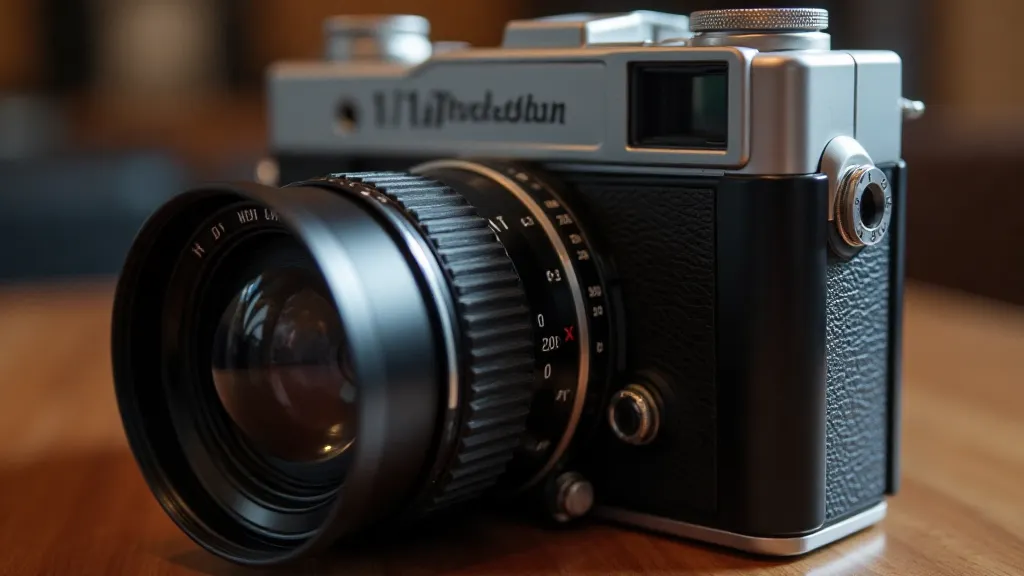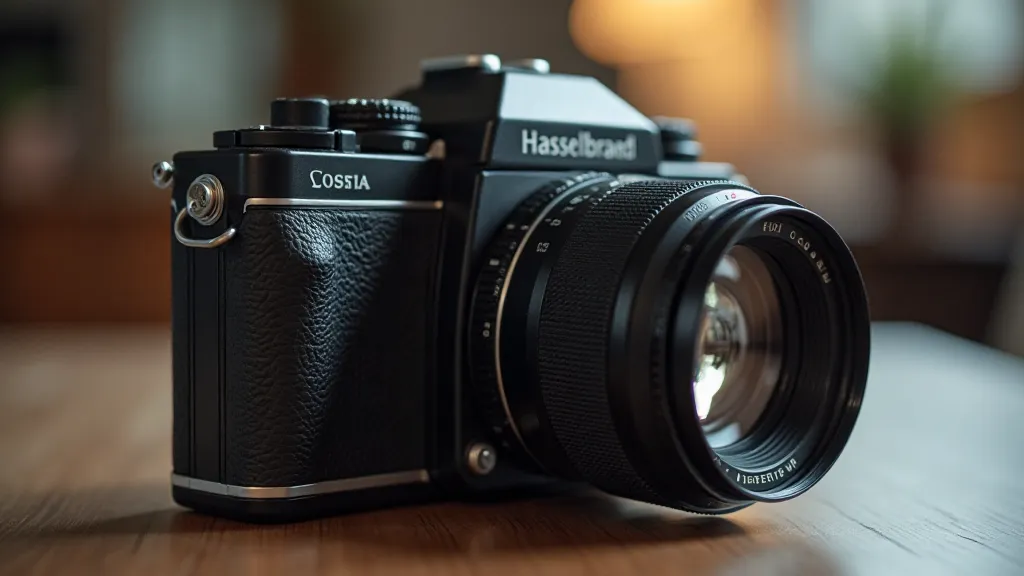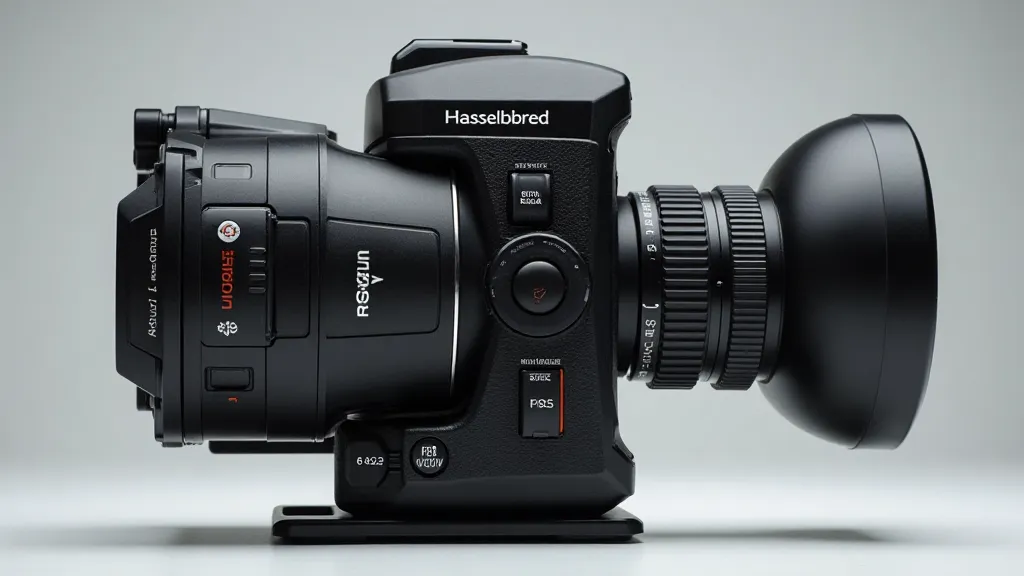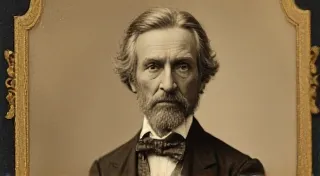The Hasselblad: Precision and Quality in Medium Format Photography
The Hasselblad name resonates with photographers worldwide, synonymous with exceptional image quality, meticulous engineering, and a legacy intertwined with space exploration. This article delves into the history of the Hasselblad camera, explores its reputation for photographic excellence, and examines its involvement in some of the most iconic photographic projects in history. For camera collectors and photography enthusiasts alike, the Hasselblad represents a pinnacle of vintage camera design and performance. Understanding the evolution of photographic equipment requires appreciating the technological leaps and artistic visions that shaped it.
A Swedish Legacy: The Early Years
The Hasselblad story begins in 1941, in Gothenburg, Sweden, founded by Viktor Hasselblad. Initially, the company manufactured machine tools and other industrial products. Post-World War II, Viktor, inspired by the Leica IIId, sought to create his own 35mm camera. However, financial constraints led him to shift focus to medium format photography, a format that offered considerably larger negatives and, consequently, greater detail and image quality. The appeal of vintage cameras is undeniable, and the shift to medium format showcased Hasselblad’s commitment to superior optics and larger image capture. The first Hasselblad camera, the 1600 series, debuted in 1948 and was notable for its square format (initially 6x6 cm) and leaf shutter, which allowed for sharp images even when using lenses from other manufacturers.

The Space Race and Photographic Fame
The Hasselblad's claim to fame catapulted it into the stratosphere (literally) when it was selected by NASA for the Gemini program in 1962. The standard Hasselblad 500EL camera, modified by Kodak, became the primary camera used by astronauts to document their missions. The demanding conditions of space photography required a camera of exceptional reliability and performance, reinforcing Hasselblad’s reputation for excellence. The camera’s reliability, robust build, and ability to capture incredibly detailed images in the harsh environment of space solidified its reputation for excellence. The iconic images of the Earth from space, taken by astronauts using Hasselblad cameras, revolutionized our understanding of our planet and brought the brand global recognition. These images demonstrate the enduring power of photographic documentation, a theme echoed across many eras of camera history, from the early daguerreotype experiments to the modern digital age. Examining the development of these pioneering cameras and their contributions mirrors the broader narrative of photographic innovation – a field characterized by constant striving for better resolution, portability, and creative possibilities. Early photographic pioneers faced unique challenges in capturing images, and exploring how they overcame them reveals a fascinating chapter in technological advancement. The drive for innovative solutions is central to understanding the history of photography.
Design and Features: What Makes a Hasselblad Special?
Several design elements contribute to the Hasselblad's distinctive character and superb image quality. The square format (though later models offered different aspect ratios) provides a unique perspective and a generous aspect ratio. The leaf shutter allows for use with a wide range of lenses, a significant advantage over cameras with focal-plane shutters. This design choice meant photographers could utilize a greater variety of lenses, fostering a rich ecosystem of compatible optics. The waist-level viewfinder, initially a necessity given the viewfinder design, allowed for accurate composition and depth-of-field preview. The complexities of these early designs represent a crucial step in the advancement of photographic technology – a journey that continues to this day. For those seeking to trace the entire scope of this evolution, examining the history of the stereo camera offers a compelling look at early attempts to capture three-dimensional imagery, a goal that resonates even in modern digital photography.
Hasselblad Models: A Brief Overview
Over the years, Hasselblad has produced a range of models, each with its own nuances and appeal. The 1600 series (1600, 1800, 500) represents the early era. The 500 series (500EL, 500ELX, etc.) became the workhorses for many professionals. Later models, like the X-Pan, offered panoramic capabilities. Each model holds a special place in the history of vintage cameras, appealing to collectors and photographers seeking a truly exceptional photographic experience. Collecting cameras isn't just about acquiring equipment; it's about connecting with history and understanding the evolution of an art form. Understanding the timeline of photographic innovation, with its peaks and valleys, is a journey through artistic and technological discovery. Those on a budget might explore Polaroid cameras, appreciating the simplicity and instant gratification that defined a generation of photography.

Collecting Hasselblad Cameras: Considerations for Enthusiasts
For camera collecting enthusiasts, Hasselblad cameras represent a significant investment. Condition is paramount, given the cameras’ age and mechanical complexity. Original boxes, manuals, and accessories significantly increase value. Functionality is key; a fully functional camera, even with cosmetic wear, is more desirable than a cosmetically pristine but non-functional model. Knowledge of specific model variations, lens compatibility, and service history is essential for making informed purchasing decisions. The pursuit of photographic perfection has always been a driving force in camera design. The interplay of mechanical precision and artistic vision is what makes collecting vintage Hasselblads so rewarding. The allure of these machines lies not only in their rarity but also in their representation of a time when craftsmanship and attention to detail were paramount.
The Legacy Continues: Modern Hasselblad
While rooted in a rich history, Hasselblad continues to innovate. The brand has embraced digital technology, producing digital medium format cameras that build upon the legacy of image quality and precision engineering. These modern Hasselblad cameras represent a seamless blend of tradition and innovation, ensuring that the iconic name continues to resonate within the world of photography. The evolution of photographic technology hasn't always been a linear progression; sometimes, innovation involves revisiting and reinterpreting past designs. Modern Hasselblad cameras often incorporate elements of their classic predecessors, blending vintage aesthetics with cutting-edge digital capabilities. Understanding how these cameras bridge the gap between the analog and digital realms highlights the enduring power of photographic principles.

The development of the Hasselblad story isn't solely about the cameras themselves; it’s about the evolving role of photography in society. From documenting space exploration to capturing intimate portraits, Hasselblad cameras have played a vital role in shaping our visual understanding of the world. The importance of these advancements in photographic capabilities should not be underestimated – they’re inextricably linked to our ability to understand and engage with the world around us. The ability to capture and share visual information quickly and easily has transformed our culture and our perception of reality. The history of photography is a reflection of our own evolving relationship with technology and with the world.





